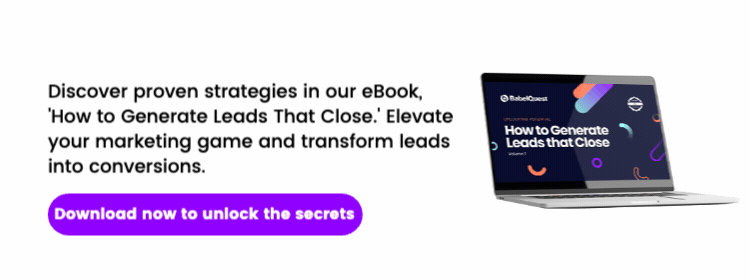Discover five ways to align your paid advertising tactics with your wider inbound marketing strategy and see great results.
HubSpot’s State of Inbound 2015 report found that paid advertising is currently viewed as the most overrated form of marketing.
You can see why, when blocking out unwanted interruptions has become second nature to consumers.
- A pop up instantly closed.
- A cold call politely (or not so politely) ended within a few seconds.
- TV ad breaks swiftly fast forwarded/skipped.
These are are all classic examples of things we do every day to avoid these tactics.
But paid doesn't have to be at odds with inbound. Quite the opposite; the two can be used cleverly to deliver the kinds of results we all dream of.
Read on to find out how.
Hold on: what is inbound marketing?

Taking an inbound approach to paid
The essence of inbound focuses on personas, those semi-fictional representations of ideal customers that act as the foundation on which the rest of our inbound marketing strategies are built. Marketers are no longer simply thinking about a product but the people we're talking to.
If implemented using this same logic, paid advertising can be a valuable asset, particularly to the attract stage of the buyer’s journey if rooted by the fundamental inbound principles.
There are two forms of paid advertising that lend themselves particularly well to this: paid search, where you boost your ranking in search results, and sponsored posts, which sit natively within social media feeds alongside content viewers have already chosen to see.
With both of these forms of advertising, the paid element is simply expanding the reach of your content in a targeted way that makes sense for the customer, rather than just those footing the bill.
5 ways to align paid advertising with inbound and see results
-
Always have your buyer persona in mind. Social media sites make it easy to target your ads based on a variety of different metrics from job title and company size to skillset and groups they belong to. Keeping the persona in mind also ensures that you’re targeting the right platform. After all, there’s no point pouring money into Twitter Cards if your persona predominantly spends time on LinkedIn.
-
Make sure that you apply the same rules as any other piece of content. It needs to be remarkable and offer something to the reader, whether that’s helping them to understand a particular problem or giving them ideas on how to solve it.
-
Focus on the attract stage. Anything overly sales focused will instantly get passed over by the majority of people as they may not be ready to make a decision just yet.
-
Test! Inbound is all about learning from failures and improving every time. You could even run two very similar ads with small differences, and see what gains the best response. Don’t just think that when an ad is published you need to stick with it. If it’s not working, find out why and change it for the better.
-
Link to a landing page. Think of paid advertising as a way to draw prospects into the inbound methodology, connecting the two rather than having them run independently. Once a prospect is on your site you always want to be drawing them to submitting a form to find out more about them and take them from a number to a person.
It’s interesting to see that HubSpot have also recognised that paid advertising can be beneficial, having seen that many of the companies they work with have not completely abandoned traditional methods.
This year in fact, HubSpot released an ads add on that currently features LinkedIn and Adwords and allows you to create and track campaigns from directly within your portal. The add-on not only allows you to track progress of the ads you create, but it shows a visual representation of the buyer’s journey for each campaign, showing how many of those click throughs led to customers.
So really, the question of whether paid advertising and inbound can work alongside one another is not as clear-cut as it once appeared.
By keeping it customer-centric and focusing on being helpful rather than pitching the hard sell, there’s no reason why the two can’t work well together.
Download our free ebook below and learn more about using paid advertising alongside your inbound marketing activities to drive repeatable, scalable ROI and tangible business growth.







.png?width=50)

.png?width=50)
.png?width=50)



































